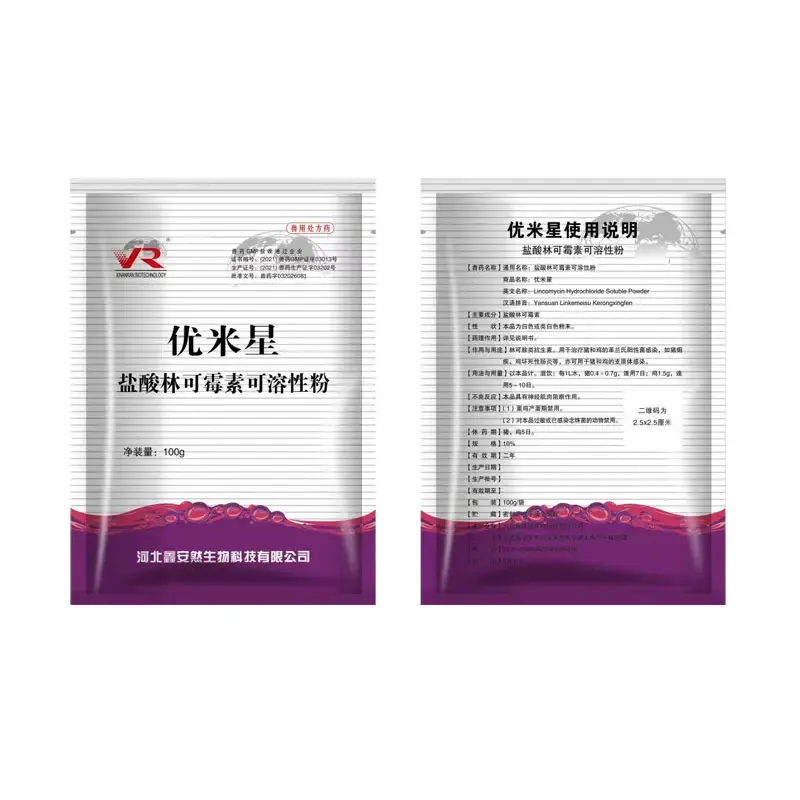- Afrikaans
- Albanian
- Amharic
- Arabic
- Armenian
- Azerbaijani
- Basque
- Belarusian
- Bengali
- Bosnian
- Bulgarian
- Catalan
- Cebuano
- Corsican
- Croatian
- Czech
- Danish
- Dutch
- English
- Esperanto
- Estonian
- Finnish
- French
- Frisian
- Galician
- Georgian
- German
- Greek
- Gujarati
- Haitian Creole
- hausa
- hawaiian
- Hebrew
- Hindi
- Miao
- Hungarian
- Icelandic
- igbo
- Indonesian
- irish
- Italian
- Japanese
- Javanese
- Kannada
- kazakh
- Khmer
- Rwandese
- Korean
- Kurdish
- Kyrgyz
- Lao
- Latin
- Latvian
- Lithuanian
- Luxembourgish
- Macedonian
- Malgashi
- Malay
- Malayalam
- Maltese
- Maori
- Marathi
- Mongolian
- Myanmar
- Nepali
- Norwegian
- Norwegian
- Occitan
- Pashto
- Persian
- Polish
- Portuguese
- Punjabi
- Romanian
- Russian
- Samoan
- Scottish Gaelic
- Serbian
- Sesotho
- Shona
- Sindhi
- Sinhala
- Slovak
- Slovenian
- Somali
- Spanish
- Sundanese
- Swahili
- Swedish
- Tagalog
- Tajik
- Tamil
- Tatar
- Telugu
- Thai
- Turkish
- Turkmen
- Ukrainian
- Urdu
- Uighur
- Uzbek
- Vietnamese
- Welsh
- Bantu
- Yiddish
- Yoruba
- Zulu
डिस . 14, 2024 11:56 Back to list
Oxytetracycline Injection Use and Guidelines for Canine Health Treatment
Oxytetracycline Injection for Dogs An Overview
Oxytetracycline is a broad-spectrum antibiotic that is commonly used in veterinary medicine to treat infections in dogs and other animals. As a member of the tetracycline class of antibiotics, it works by inhibiting bacterial protein synthesis, thereby stopping the growth of various types of bacteria. This article will explore the applications, administration, dosage, potential side effects, and important precautions related to the use of oxytetracycline injection in dogs.
Applications of Oxytetracycline in Veterinary Medicine
Oxytetracycline is effective against a wide range of gram-positive and gram-negative bacteria, making it a versatile choice for treating various bacterial infections in dogs. Some common conditions for which oxytetracycline may be prescribed include respiratory infections, urinary tract infections, skin infections, and certain types of bacterial pneumonia. Additionally, it can be used to manage infections caused by specific pathogens such as Borrelia burgdorferi, which is the causative agent of Lyme disease.
Veterinarians may also utilize oxytetracycline in cases of ehrlichiosis and other tick-borne diseases that affect dogs. Its broad spectrum of action allows it to be an essential medication in the treatment of secondary infections that can occur during other illnesses, further demonstrating its utility in veterinary care.
Administration and Dosage
Oxytetracycline can be administered through various routes, but injection is often preferred for faster absorption and effectiveness, especially in cases where oral administration may be challenging due to the dog's condition
. The injection can be given intramuscularly or intravenously, depending on the severity of the infection and the veterinarian’s recommendation.Dosage of oxytetracycline varies based on the dog’s weight, the severity of the condition, and specific veterinary guidelines. Typically, the dosage for dogs is calculated per kilogram of body weight. It is crucial for pet owners to strictly follow the veterinarian’s prescription and not to exceed the recommended dosage, as this can lead to adverse effects.
oxytetracycline injection for dogs

Potential Side Effects
As with any medication, oxytetracycline can cause side effects in dogs. Some of the more common side effects include diarrhea, nausea, and loss of appetite. In certain cases, allergic reactions can occur, leading to symptoms such as swelling, difficulty breathing, or hives. It is essential for pet owners to monitor their dogs for any signs of adverse reactions and to consult their veterinarian if they notice any unusual behaviors or symptoms following the administration of the antibiotic.
Additionally, long-term use of oxytetracycline may disrupt the natural balance of gut flora, potentially leading to secondary infections or gastrointestinal issues. Therefore, it is advisable to limit the duration of treatment to what is medically necessary and to conduct follow-ups as directed by the veterinarian.
Important Precautions
Before administering oxytetracycline, pet owners should inform their veterinarian of any pre-existing conditions their dog may have, such as liver or kidney issues, as these can influence the drug’s metabolism and excretion. Pregnant and nursing dogs should also be evaluated carefully, as tetracyclines can affect fetal development and may be excreted in milk, potentially impacting nursing puppies.
It is also essential to avoid the use of oxytetracycline in dogs that are allergic to tetracycline antibiotics or have a known hypersensitivity to the drug. As with any antibiotic treatment, it is crucial to complete the full course of treatment as prescribed, even if the dog appears to be feeling better. This helps prevent the development of antibiotic-resistant bacteria, which is a growing concern in both human and veterinary medicine.
Conclusion
Oxytetracycline injection is a valuable tool in the veterinary arsenal for treating bacterial infections in dogs. Its broad-spectrum activity allows veterinarians to manage a variety of conditions effectively. However, responsible use, adherence to prescribed dosages, and monitoring for side effects are vital to ensuring the safety and health of the animal. With proper veterinary guidance, oxytetracycline can be an effective component of treatment plans for dogs suffering from various infections. As always, pet owners should work closely with their veterinarians to ensure the best outcomes for their beloved pets.
-
Guide to Oxytetracycline Injection
NewsMar.27,2025
-
Guide to Colistin Sulphate
NewsMar.27,2025
-
Gentamicin Sulfate: Uses, Price, And Key Information
NewsMar.27,2025
-
Enrofloxacin Injection: Uses, Price, And Supplier Information
NewsMar.27,2025
-
Dexamethasone Sodium Phosphate Injection: Uses, Price, And Key Information
NewsMar.27,2025
-
Albendazole Tablet: Uses, Dosage, Cost, And Key Information
NewsMar.27,2025













